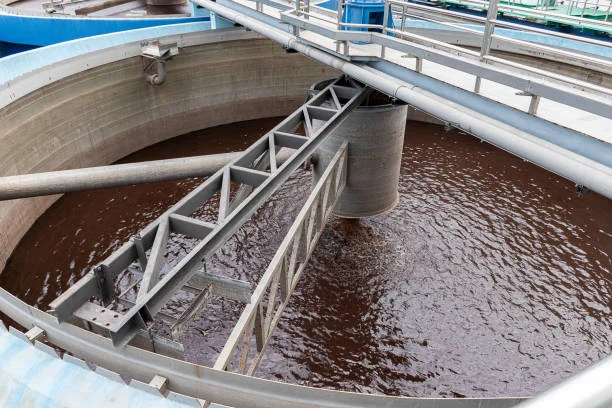
In the Gold smelting industry, cyanidation is a widely used process for extracting gold from ores. However, this process generates significant amounts of cyanide - containing wastewater, which poses serious environmental and health risks if not properly managed. The recycling of Cyanide wastewater is not only an environmental imperative but also a strategic move for the sustainable development of the gold industry. This blog post will explore the importance, methods, and challenges of recycling cyanide wastewater in gold smelting.
The Significance of Recycling Cyanide Wastewater
Cyanide is a highly toxic substance. Even at low concentrations, it can be lethal to aquatic organisms and is extremely harmful to human health. The direct discharge of cyanide - containing wastewater from gold smelting plants can contaminate water sources, soil, and air, leading to ecological damage and potential harm to nearby communities. By recycling cyanide wastewater, the gold industry can significantly reduce its environmental footprint. Recycling helps to minimize the release of toxic cyanide into the environment, protecting water bodies, wildlife, and human populations. Moreover, it aligns with global environmental regulations and the growing public demand for sustainable industrial practices.
From an economic perspective, recycling cyanide wastewater can bring substantial benefits. Gold ores often contain other valuable metals such as copper, zinc, and iron. These metals dissolve in the cyanide solution during the extraction process and can be recovered during the wastewater recycling process. For example, studies have shown that through effective recycling methods, valuable metals can be extracted from the wastewater, increasing the overall profitability of the gold mining operation. Additionally, recycling can reduce the consumption of fresh water and chemicals in the gold smelting process. Instead of using large amounts of new water and chemicals, recycled wastewater can be reused, leading to cost savings in the long run.
Existing Treatment and Recycling Methods
Chemical Oxidation Methods
Alkaline Chlorination: This is one of the most commonly used methods globally. In alkaline cyanide wastewater, chlorine oxidants with highly - charged oxidation states are added. Common oxidants include ClO₂, Cl₂ (gas and liquid), bleach powder, sodium hypochlorite, calcium hypochlorite, and chlorite. In alkaline solutions, OCl⁻ or chloride with highly - charged oxidation is generally generated. The cyanide is first oxidized to cyanate and then further oxidized to carbon dioxide and nitrogen. However, a major drawback of this method is that the cyanogen chloride produced during the process is toxic, which is harmful to operators. Cyanogen chloride also produces corrosive fumes when it comes into contact with water, severely corroding equipment.
Inco Method: Developed by Inco Ltd. in 1982. this method involves adding a mixture of SO₂ and air into the cyanide wastewater while controlling the pH value between 8 - 10. The cyanide in the wastewater is oxidized under the catalysis of bivalent copper ions. The treatment effect is generally better than the chlorine oxidation process (without considering the toxicity of thiocyanate). The source of reagents is relatively wide, and the investment is lower than the alkaline chlorination process. However, the Inco method has difficulty oxidizing SCN⁻, and SCN⁻ can dissociate CN⁻ later, so it is not suitable for treating cyanide wastewater with a high concentration of SCN⁻.
H₂O₂ Oxidation: H₂O₂ oxidizes cyanide to generate CNO⁻ under the conditions of pH 9.5 - 11. normal temperature, and with copper (Cu²⁺) ions as the catalyst. CNO⁻ will be further hydrolyzed to produce NH₄⁺ and CO₃²⁻, and the hydrolysis rate depends on the pH. This method has a good treatment effect on cyanide wastewater and a simple process. It is suitable for treating low - concentration cyanide wastewater, with the cyanide concentration after treatment being less than 0.5 mg/L.
Ozone Oxidation: Ozone has an extremely strong oxidation ability, with an electrode potential of 2.07 mV, second only to fluorine. It can easily decompose components that other oxidants cannot. In the ozone oxidation process, ozone reacts with cyanide to produce cyanate, which then hydrolyzes to produce nitrogen and carbonate. One advantage of this method is that it only requires ozone - generating equipment and does not need to purchase and transport chemicals.
Other Recycling Methods
Acidification Method: This method can process most of the high - concentration cyanide solutions (60 * 10⁻⁶ + NaCN) discharged from factories. The concentration of free cyanide ions in the processed solution can be reduced to 1 * 10⁻⁶. It can recover cyanide to the maximum extent, enabling resource recycling and bringing significant economic benefits. However, it requires high - level equipment sealing, has a large upfront investment, requires high - level operation skills, and has difficult equipment maintenance. There are also certain safety risks, and the wastewater still needs further treatment to meet discharge standards.
Solvent Extraction: Solvent extraction has become an effective method for separating and enriching metal ions. It can also be used to treat metal cyanide complex ions in alkaline cyanide solutions. For example, the synergistic extraction system of trioctylmethyl ammonium chloride (N263) - tributyl phosphate (TBP) - n - octanol - sulfonated kerosene can be used to enrich and recover valuable metals from cyanide gold extraction wastewater. Under specific conditions, high extraction percentages of metal ions such as Cu, Zn, and Fe can be achieved.
Two - Step Precipitation Method: This is a high - efficiency closed - circuit full - circulation method developed for small and medium - sized gold cyanidation plants with high - concentration SCN⁻ wastewater, achieving the “zero release” of wastewater. The method mainly involves adding a catalyst and sufficient oxygen to the wastewater cyanide and removing cyanide through reactions on the gold - loaded carbon. It can remove heavy metal ions in the solution and realize wastewater recycling.
Case Studies of Successful Recycling
[Company Name 1]: This gold smelting company implemented a comprehensive cyanide wastewater recycling system. They first used a combination of chemical oxidation and precipitation methods to treat the wastewater. By optimizing the treatment process, they were able to reduce the cyanide concentration in the wastewater to a level that met the recycling standards. The recycled wastewater was then reused in the gold cyanidation process. As a result, the company not only significantly reduced its environmental impact but also achieved cost savings of [X]% in water and chemical consumption.
[Company Name 2]: This enterprise adopted a more innovative approach. They developed a new type of membrane - based separation technology for cyanide wastewater treatment. The technology could effectively separate cyanide and other impurities from the wastewater. The treated water was then recycled, and the recovered cyanide and valuable metals were reused or sold. This approach not only improved the company's environmental performance but also increased its revenue through the sale of recovered resources.
Challenges and Solutions in Cyanide Wastewater Recycling
Technical Challenges
Complex Composition of Wastewater: Cyanide wastewater from gold smelting contains not only cyanide but also various metal ions, complex compounds, and impurities. This complex composition makes it difficult to develop a one - size - fits - all treatment and recycling method. Different wastewater sources may require customized treatment processes. To address this challenge, continuous research and development are needed to improve the adaptability of treatment technologies. New materials and catalysts can be developed to enhance the selectivity and efficiency of treatment methods for different components in the wastewater.
High - Cost of Treatment Technologies: Some advanced cyanide wastewater treatment and recycling technologies, such as certain membrane - based separation methods and high - precision chemical oxidation processes, require significant capital investment for equipment purchase, installation, and maintenance. This high cost can be a deterrent for many small and medium - sized gold smelting enterprises. To reduce costs, industry - wide cooperation can be promoted. Companies can share the research and development costs of new technologies, and economies of scale can be achieved through joint procurement of equipment and raw materials. Additionally, governments can provide financial incentives such as subsidies and tax breaks to encourage enterprises to adopt advanced treatment technologies.
Regulatory and Policy - Related Challenges
Stringent Environmental Regulations: As environmental awareness grows, governments around the world are implementing increasingly stringent environmental regulations for the gold smelting industry. Complying with these regulations requires gold smelting plants to invest more in wastewater treatment and recycling. However, some regulations may not be flexible enough to account for the diverse situations of different enterprises. Governments and regulatory agencies should engage in more in - depth consultations with the gold smelting industry. They can develop more targeted and flexible regulatory policies that take into account the actual production conditions and technological capabilities of different enterprises while still ensuring environmental protection.
Lack of Unified Standards: Currently, there is a lack of unified international standards for cyanide wastewater treatment and recycling in the gold smelting industry. Different countries and regions may have different requirements and evaluation criteria, which can cause confusion for multinational gold smelting companies and impede the widespread adoption of best - practice technologies. The international community, including relevant international organizations and industry associations, should work together to develop unified international standards. These standards can promote the standardization and comparability of cyanide wastewater treatment and recycling technologies globally, facilitating knowledge sharing and technology transfer.
In conclusion, the recycling of cyanide wastewater in gold smelting is crucial for environmental protection and the sustainable development of the industry. Although there are challenges, continuous technological innovation, regulatory improvements, and industry - wide cooperation can overcome these obstacles. By implementing effective cyanide wastewater recycling strategies, the gold smelting industry can move towards a more sustainable future.
- Random Content
- Hot content
- Hot review content
- Toxicity Assessment of Sodium Cyanide and Relevant Hazard Prevention Measures
- Fertilizer magnesium sulfate/magnesium sulfate monohydrate
- Gold Ore Dressing Agent Safe Gold Extracting Agent Replace Sodium Cyanide
- Lithium chloride, 99.0%,99.5%
- Lithium hydroxide 99% Solid
- Adipic acid 99% used as the material of nylon 66
- Ethyl alcohol /Ethanol 99.5%
- 1Discounted Sodium Cyanide (CAS: 143-33-9) for Mining - High Quality & Competitive Pricing
- 2Sodium Cyanide 98% CAS 143-33-9 gold dressing agent Essential for Mining and Chemical Industries
- 3Sodium Cyanide 98%+ CAS 143-33-9
- 4Anhydrous Oxalic acid 99.6% Industrial Grade
- 5Oxalic acid for mining 99.6%
- 6Soda Ash Dense / Light 99.2% Sodium Carbonate Washing Soda
- 7Reagent Grade/Industrial Grade Hydrochloric Acid min.31%
- 1Sodium Cyanide 98% CAS 143-33-9 gold dressing agent Essential for Mining and Chemical Industries
- 2High Quality 99% Purity of Cyanuric chloride ISO 9001:2005 REACH Verified Producer
- 3 High-Quality Sodium Cyanide for Leaching
- 4Powdery emulsion explosive
- 5Industry Grade Electron grade 98% Sulfuric Acid H2SO4 Sulphuric Acid Battery Acid Industrial Sulfuric Acid
- 6Colloidal emulsion explosive
- 7sodium hydrosulfide 70% flakes used Mining Industry

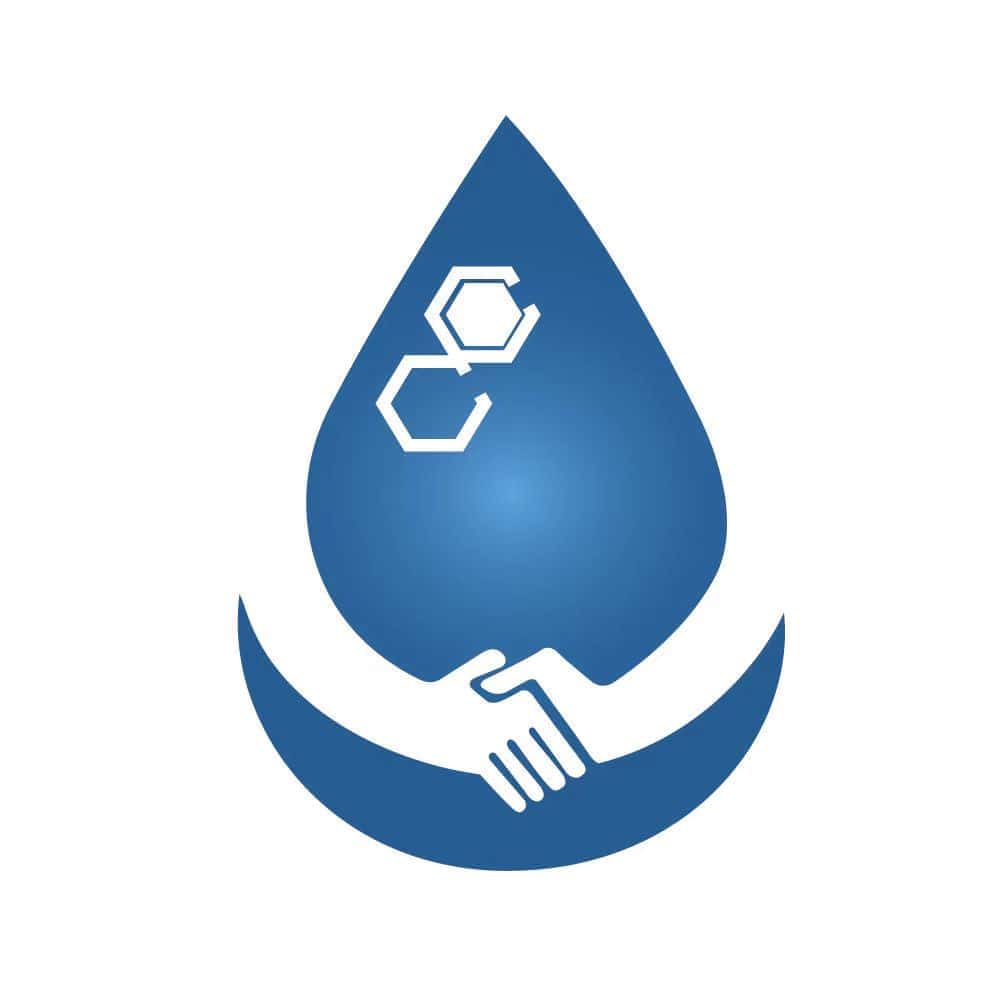
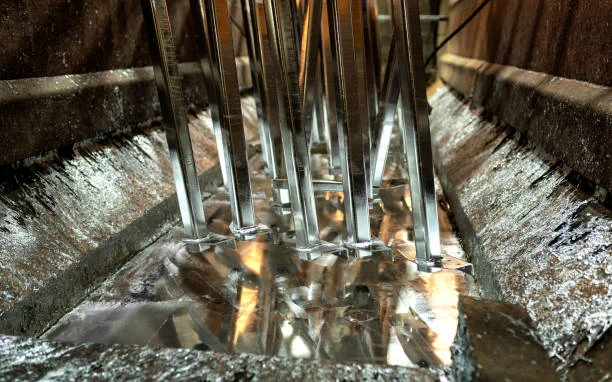
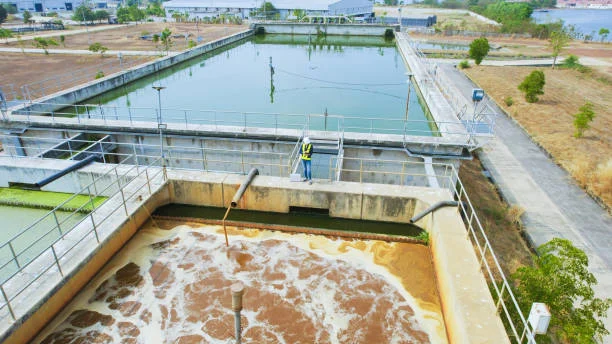
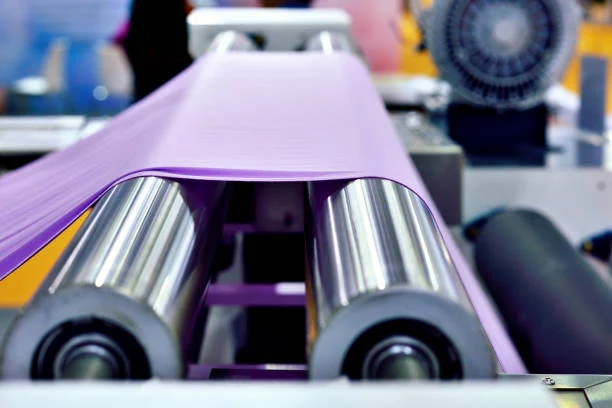
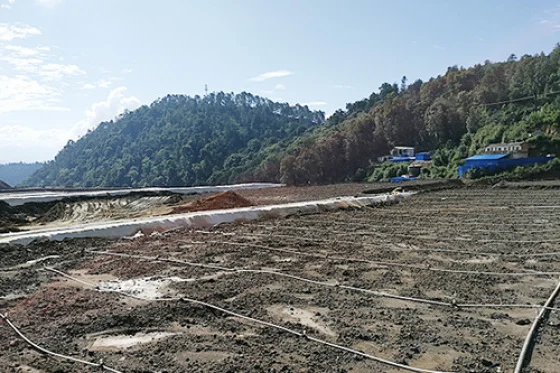
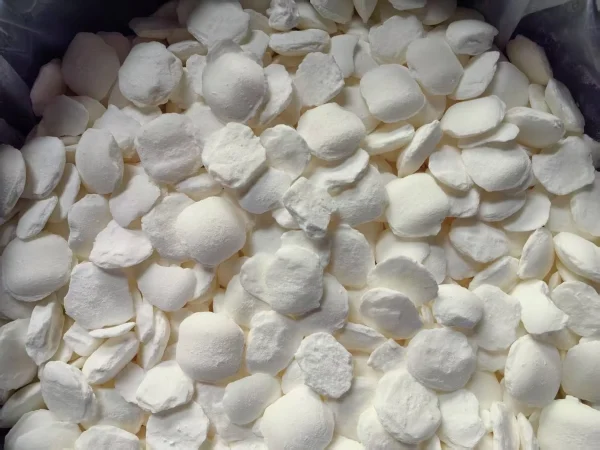
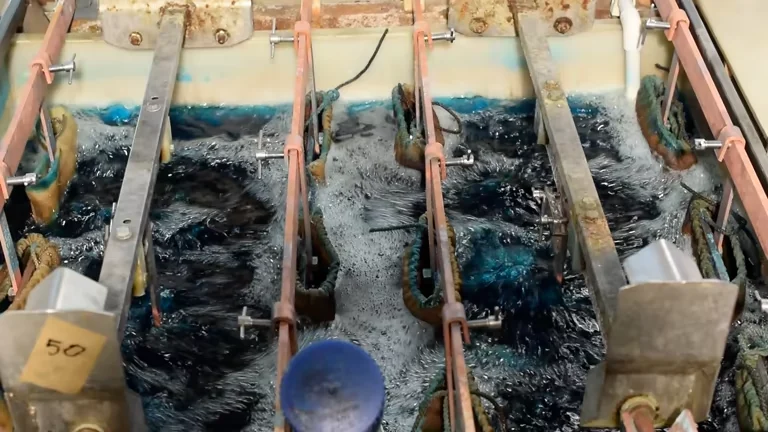
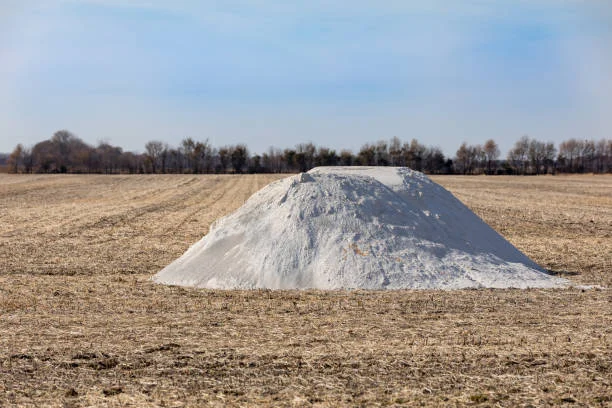


Online message consultation
Add comment: